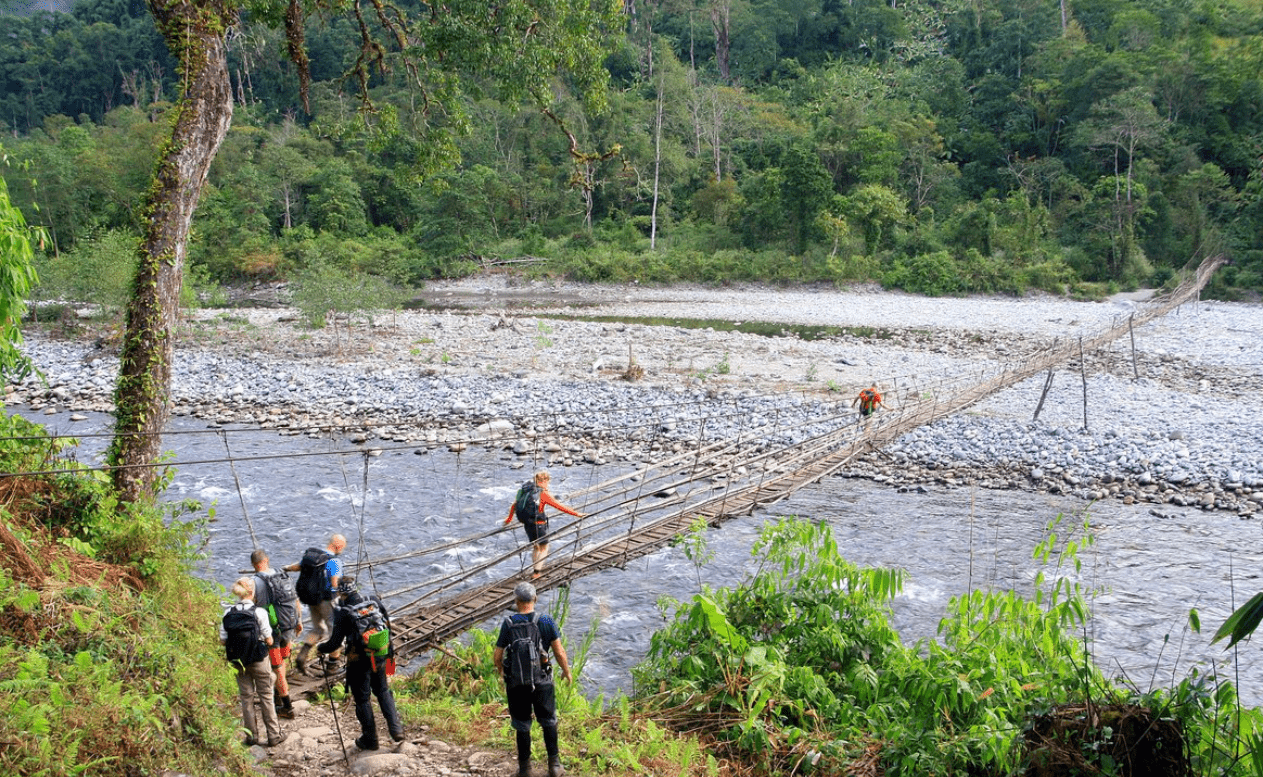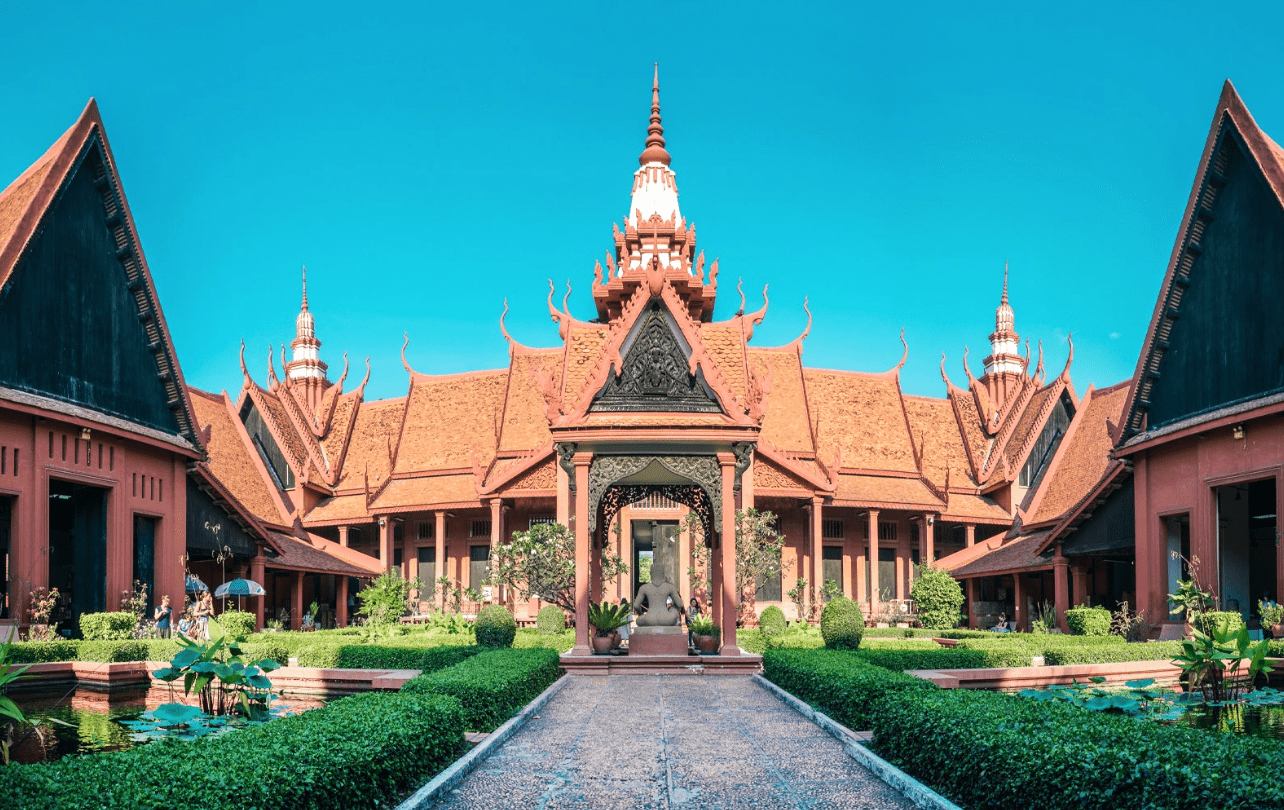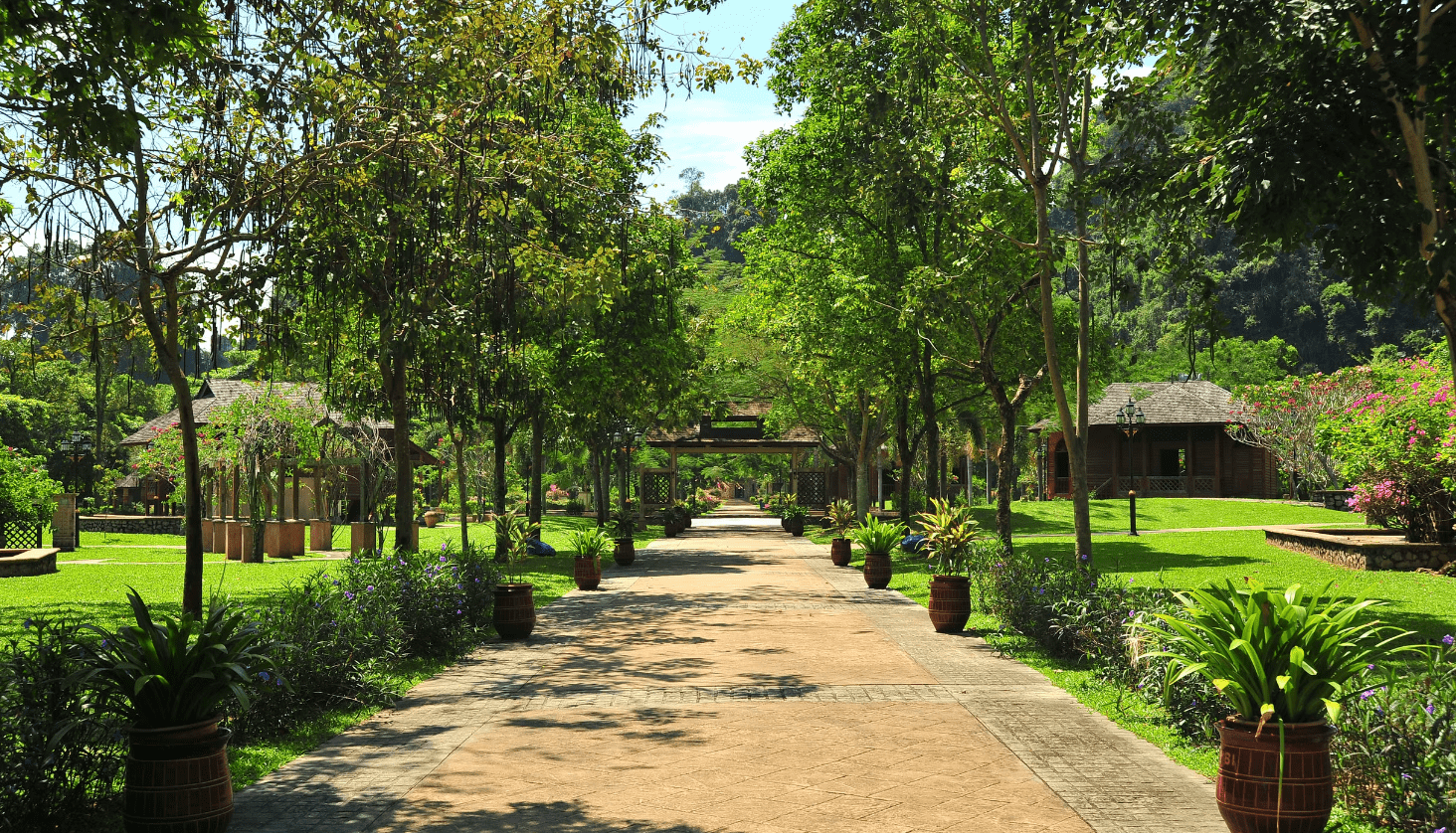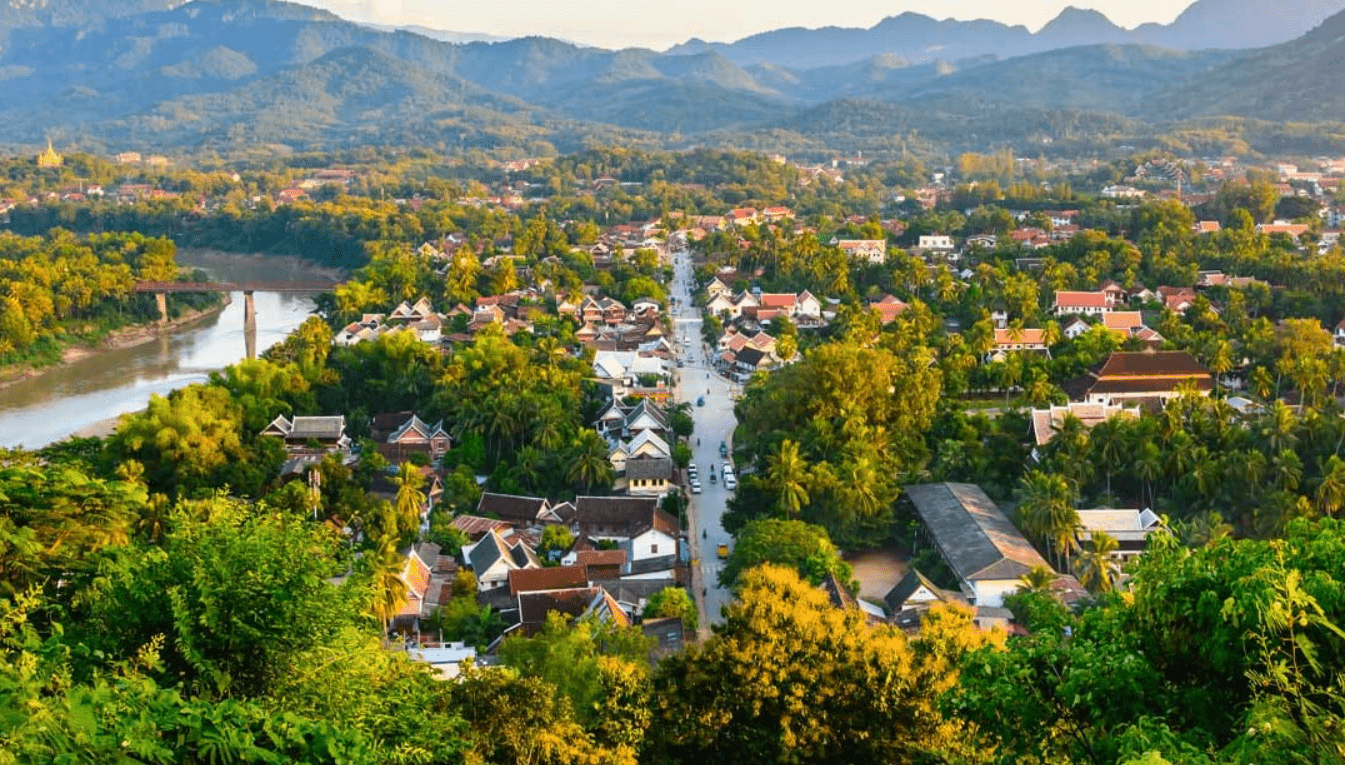Trekking in Myanmar: Activities like “hiking the Inca Trail” and “exploring the Great Wall of China” have always been on my travel bucket list. However, until a few months ago, I had never actually embarked on a trek. During our October trip to Myanmar, I decided to change that and included two hikes in our four-week travel itinerary.
It was my first time trekking over a long distance, and it turned out to be quite the initiation—perhaps a baptism by mud is a more fitting description. Although October is considered shoulder season in Myanmar, marking the end of the monsoon, the weather conditions were still quite challenging, especially during our first trek in upper Shan State.
Our second trek, the well-known Kalaw to Inle Lake route, was a bit more pleasant in terms of weather. The first trek featured an incredible homestay, while the second trek provided us with a private guide—an uncommon and welcome surprise. Here’s a detailed account of our trekking experiences in Myanmar’s Shan State, including some pros and cons of trekking during the shoulder season.
Trekking in Hsipaw
Waking up to the sound of a torrential downpour is not ideal when you’re about to embark on your first-ever trek. We were almost resigned to the idea of having to cancel our plans and spend another day in Hsipaw, a small settlement with a few markets but not much else to offer. To our surprise, everything seemed to carry on as usual. After breakfast at the hotel, we stowed our backpacks and waited for our guide as the rain continued to pour. Another couple from Switzerland joined us, and the hotel staff provided a thoughtful care package, including traditional Shan snacks, powdered herbal medicine for stomach upsets, and medicated balm.
Our guide, Jimmy, a young Shan local, led us through Hsipaw’s bitumen roads, past schoolhouses filled with students, and by a monastery where monks waved us along. The rain didn’t let up. The next part of our walk was a nightmare as the dirt street quickly turned into thick, noxious mud. We walked single file through a rice field, and the warm, red mud started clinging to my ankles almost immediately. My shoes were no match for the mud, and stagnant puddles of rainwater soaked my feet. We navigated the muddy paths for what felt like hours, with rice paddies stretching on either side.
Finally, we emerged from the field and returned to solid ground, stopping under a tamarind tree for a quick break. Jimmy announced a “ten-minute break” and advised us to hydrate as the next part of the trek would be a steep uphill climb, which left us all staring in disbelief at the looming mountainside.
Next Stop: A Village Oasis
After tackling one of the more strenuous uphill sections, we arrived at a small village that seemed like an oasis. By this point, I was soaked and desperate for a warm cup of tea. We briefly passed through the village, which was already bustling with tourists, and found our way to a quieter settlement where we could rest. We were served tiny glasses of steaming tea as we sat on a wooden bench, watching the house’s residents go about their daily tasks. After a mishap with someone trying to refill their water bottle with toddy from a plastic urn, we were offered fresh bottles of water to purchase.
The climb continued, and just as the rain became unbearable, we found shelter in a creaky shack perched on the hillside. Although I wouldn’t normally enter such a ramshackle structure, I needed to escape the downpour. Jimmy clarified that the sodden leaves on the floor weren’t tea leaves, and that was the end of that conversation.
The remainder of the day’s trek is a blur. With Jimmy’s vague descriptions of the route, I quickly lost track of our direction. The mud thickened, and the rocks became more treacherous as we continued. Eventually, Jimmy cut us each a length of bamboo to use as makeshift trekking poles, which helped us navigate the slippery terrain.
After covering seventeen kilometers, we reached the entrance to Pankam Village. The cobbled streets were empty until a school released its students, and we were greeted by a group of children. We made our way to a stilted house where we collapsed onto bamboo chairs, heavy with rainwater and mud. A local woman dressed in traditional Palaung attire quickly appeared and gestured for us to change out of our soaked clothes into something drier.
Lunch and dinner were served in the main room of our host family’s three-room house. An open fire, a simple kitchen, and a few beds filled the space. As we ate, we watched two elderly women working on embroidery by an open window. Our hosts prepared a delicious Shan meal, accompanied by endless cups of locally grown green tea, which tasted amazing.
After a good night’s sleep, we met with a second guide who led us back to Hsipaw along a different route. The pathway had dried out overnight, making the walk back much easier. We passed a few small villages and encountered some traders and farmers, but no other tourists.
Trekking from Kalaw to Inle Lake
The landscape around Kalaw in the lower part of Shan State was dramatically different from what we had seen near Hsipaw. Just a few weeks had passed—enough time for our shoes to dry and our bruises to heal—but the season had already begun to change. Once vibrant rice and tea fields were now turning yellow and brown, and the blazing sun was parching the land, turning the rich red soil into dry, cracked pathways.
This trek is best told in pictures, as my memories have become somewhat jumbled. However, I distinctly remember the view over Kalaw as we left the town and the thought that crossed my mind: “There’s no turning back now.”
Our guide, Ming Ming, set a good pace for this second trek, and with no mud or rain to distract us, it was easier to engage with the landscape. We also noticed more signs of life—farmers tending to their fields, fresh-picked tea leaves drying under tarpaulins, and inhabited huts nestled among the greenery.
Some highlights of this trek included a lunch break at a popular tourist restaurant, dodging a passenger train, and climbing many steep hills to see tin-roofed villages shimmering in the distance.
Rising early each morning was Ming Ming’s idea, and it was a great one. On our final day, we woke to mist-covered cabbage fields and grazing buffalo. Witnessing the everyday life in the villages was the highlight of our trek. Although the walk was still challenging and the sun was often more punishing than the rain, the sense of accomplishment we felt upon arriving at Inle Lake made it all worthwhile.
Trekking in Myanmar During Shoulder Season
Pros:
- Fewer Tourists: One of the biggest advantages of trekking during the shoulder season is the reduced number of tourists. For the popular Kalaw trek, we had our guide, Ming Ming, all to ourselves—a rare luxury. We could set our own pace, take breaks whenever we wanted, and sleep according to our own schedule. While I’ve heard stories of crowded accommodations, we had our own bungalow for the night. Fewer people on the trails also made the trek more peaceful.
- Lush Landscape: As long as the rain continues, the fields and hills remain vibrant and green.
- Rain as Relief: A light sprinkle of rain can be refreshing, especially when trekking through open fields under a hot sun.
- Cozy Homestays: One of my fondest memories is sitting by an open fire, sipping hot, sugary tea. The warmth and shelter of the homestays made the day’s walk feel rewarding.
- Natural Showers: The rain acts as a natural shower, reducing the need for bucket showers. While I still took a few bucket showers and enjoyed them, feeling less sticky at the end of the day allowed for more relaxation time at the homestays.
Cons:
- Fewer Tourists (Again): While fewer tourists can be an advantage, it also has its downsides. Having Ming Ming’s undivided attention was a luxury, but it came at a higher cost. The smaller the group, the more each person has to pay to make the trek worthwhile for the guide. Although we didn’t mind the extra expense, it did strain our budget. It would have been nice to have another couple with us to share the cost.
- Challenging Terrain: The terrain was particularly tough during our first trek in Hsipaw. The mud was slippery, and I almost fell several times. The second day’s drier ground was much easier to navigate. While experienced trekkers might not mind, I spent a lot of time staring at my feet to avoid falling, which made it easy to miss the beautiful scenery.
- Getting Wet: Bring a waterproof bag to keep your clothes dry. We didn’t, and ended up borrowing sleepwear from our homestay family.
Final Thoughts
At the end of our second trek, as we boarded the dugout, the first thing I said was something like, “I’ll never do that again.” But I’m not so sure anymore. The blisters have healed, the dirt has washed off (though my toenails are still stained from the red mud in Hsipaw), and what remains are mostly fond memories of home-cooked meals and collapsing exhausted onto cozy, albeit filthy, blankets.
The greatest travel experiences often come from the challenges we face, and trekking in Myanmar certainly pushed me out of my comfort zone. Even now, when I’m exercising or walking in the sun, I remind myself, “If I could do that, I can do this.” I’ll never forget the physical pain, but in the end, I accomplished something I never thought I could—twice.



